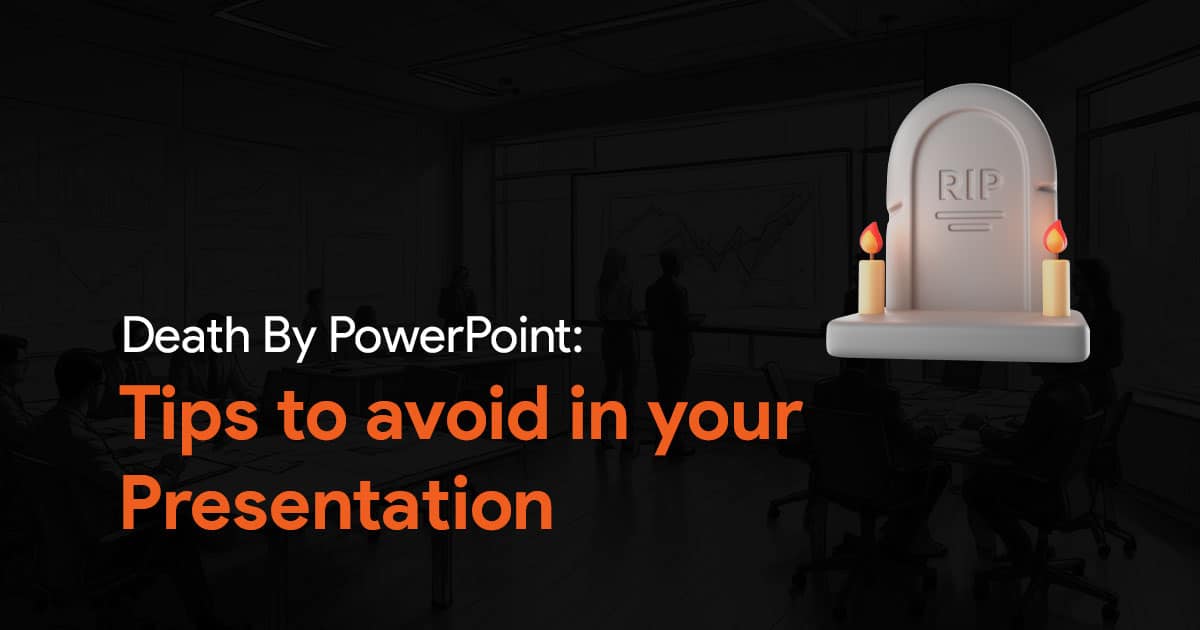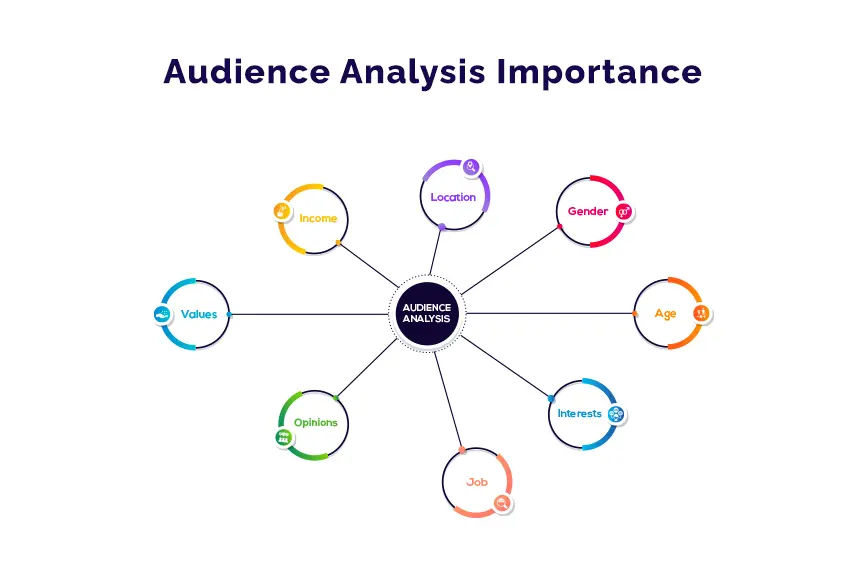PowerPoint Presentation Guidelines for Students

Every presenter dreams to make ‘A’ grade presentation and imagine applauses in the presentation hall. If you want to capitalize your dreams, a presenter must follow certain ways. Here, we are discussing how an amateur presenter or a student can become a terrific speaker by using some specific methods. Creating impactful classroom presentations takes practice, but by following a few tips, you’ll be up to the contest. All of these guidelines can be practical to any type of slide presentation.
- Know your material
Without making a better knowledge about the subject, nobody can stand tight on the presentation deck. Students usually want to charge right in and start using the Google slides or PowerPoint presentation immediately, but spend some time preparing your research fist and know what topic you want to cover. Think through what you will demonstrate and in what sequence before starting the project on the computer. Creating the slide show is not a difficult task. The greatest classroom presentations are shaped by people who are at ease with what they are going to exchange.
- Use key phrases about your subject
A presenter should summarize his/her contents for the better understanding of the concepts. Otherwise, audience couldn’t reach the knowledge-sphere that he/she brings before the viewers. Best presenters use key phrases that highlight vital information you want your audience to remember and focus on. Include only most essential information. Your topic may be vast, but choose only the top three of four points and make them several times throughout the presentation in the classroom.
- Avoid using too much text
Once a teacher asked the student; why did you put your whole speech on the slides? The student replied; unless I put whole speech, you people couldn’t follow my content. One of the biggest errors students make in classroom presentations is placing their entire speech on the PowerPoint templates. The presentation is intended to escort your oral presentation. Show your skills orally, and holds the audience attention using inspiring quotes and messages. Insert short notes and bullet points on slides. Use simple language and limit the number of points to three or four per slide at most if possible. PowerPoint is created to show bullets and short notes. The purpose of written words is to act as trigger; they get you talking about each point. The rest should come from you. Use the time, picking your keywords and not writing reports. The empty surrounding areas will make easier to read.
- Limit the number of slides
“Too many cooks spoil the broth”. Too many slides in a presentation will cause you to hurry to get through them within the allotted time, and your audience will be dazed and likely end up paying more attention to the passing of slide than to what you are saying. On average, one template per minute is about right in a classroom presentation.
- Plan your presentation layout
Make your slides easy to follow. Pre-designed templates are available, so you can download suitable PowerPoint at your choice. Put the heading at the top where your audience expects to find it. Texts should read left to right and top to bottom. Keep important information near the top of the slide because the bottom portion of slides cannot be seen from the back rows.
- Avoid fancy fonts
Pick a font that is simple and easy to read. Often, fancy fonts are not easy to read on a screen and distract more than anything. Don’t use more than two different fonts, one for the headline and another for descriptive notes or subtitles. Keep all fonts large enough so that people at the back of the room will be able to read them easily.
- Use appropriate colors for text and background
Contrasting colors make better vision and readability. Dark text in a light background is best. This combination offers the most visibility. Sometimes, though, you may want a dark background for effect, to dazzle the audience. In that case, make it sure that your text a light color for easy reading in a classroom presentation. Your content is often difficult to read on patterned or textured backgrounds. Keep your color codes consistent throughout your classroom presentation.
- Keep PowerPoint design consistent with a theme
When you use a PowerPoint theme, choose one that will not weaken your classroom presentation. Test it ahead of time to make sure that the text will be readable and visual graphics won’t get lost in the background.
- Limit the use of animation and transition effects
Everybody loves animations and transition effects in slideshows. Unfortunately, students get bored with them, placing them everywhere they can. This will be pleasure making, but rarely will the audience be paying attention to the points of the presentation. Always remember PowerPoint presentation is a visual aid not the aim of the classroom presentation.
It is not enough to know what you are going to say. You have to know how you are going to say it. The style of expression is the basis of creating audience attention on the theme. For instance, if your class has twenty five students, all are scheduled to present same theory before the students and teachers. Then how can you make a different presentation? Does the fascinating PowerPoint slide make your presentation different? No, never. Your unique style of expression and the knowledge you acquired will make your presentation something different from the other candidates. Set aside some time to rehearse and delivery. It’s best to do this in front of your friends and ask for feedback.


